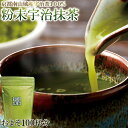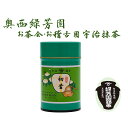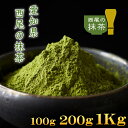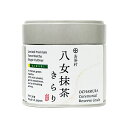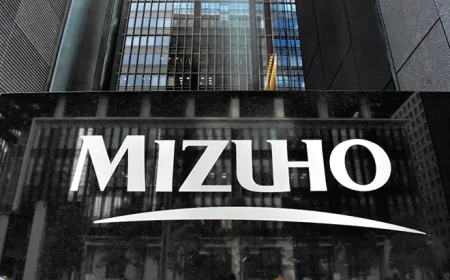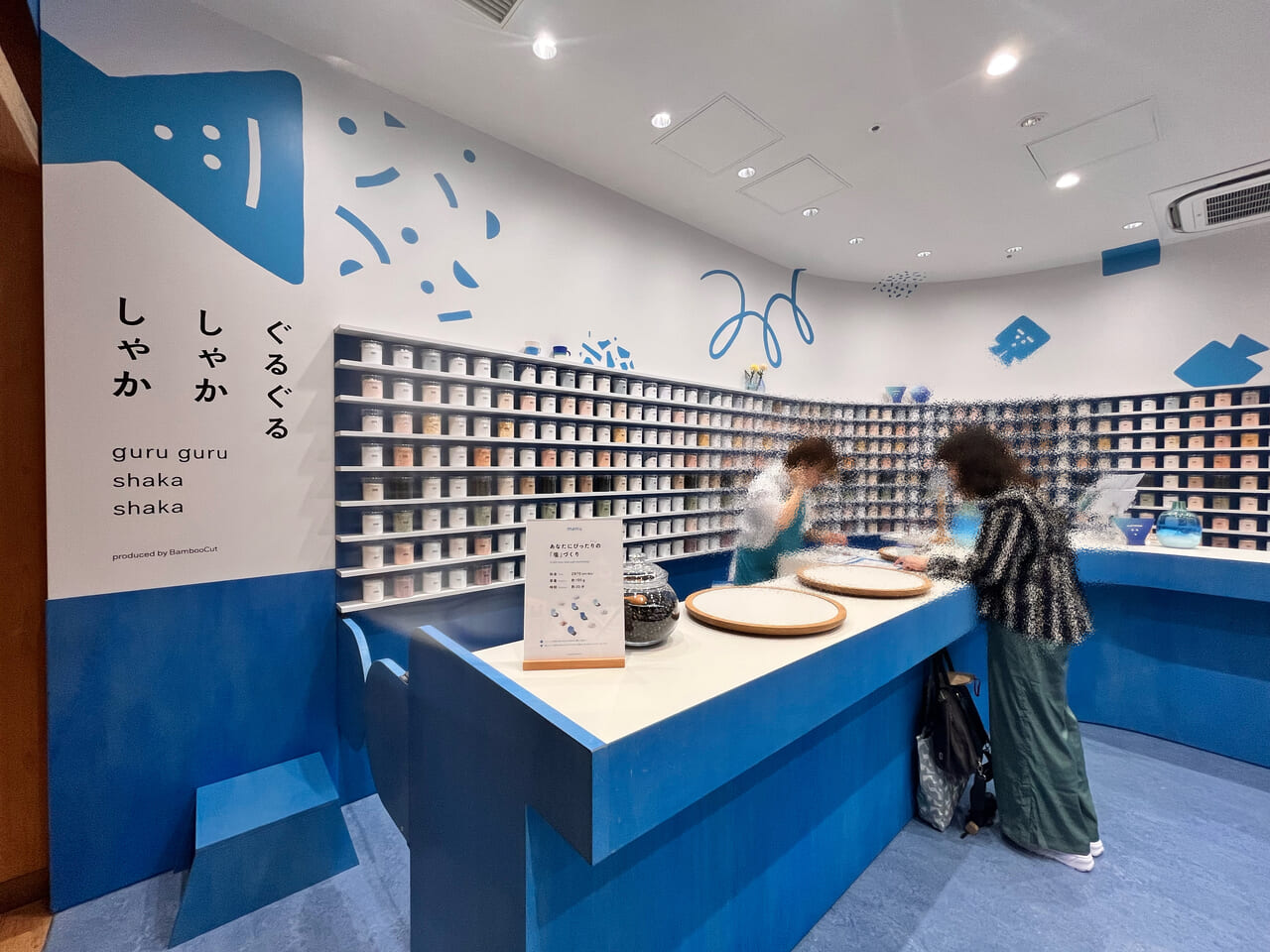Taste typical Japanese sticky rice cake – Ohagi Cake
Ohagi is a type of cake made from sticky rice that has been carefully screened (can be sieved up to 2 times) to select the best glutinous rice grains to make a particularly delicious cake.

In Japan besides Ohagi, there is another type of cake with the same shape and a little difference in the ingredients, which is Botamochi cake, also known as Mochi.
The difference between these two cakes is the time to enjoy. Ohagi cake is usually enjoyed in the fall while Botamochi is enjoyed at the beginning of the new year as a way of celebrating the arrival of spring by the people of Japan. But why is it called Ohagi cake, what does Ohagi mean? We will have the answer in the next section here.
Designs
As was initially introduced, the dish looks like Vietnamese banh chung or overall, it looks very much like our simple banh bao.
The cake is made from selected glutinous rice so that it can achieve a delicious, smooth consistency. The outer layer of the cake is made from red bean paste (azuki) that looks a bit like hagi flowers. That's why the cake is called O-hagi, derived from the word hagi which means clover bush with flowers that bloom in autumn.
The bean paste can be replaced with kinako (soybean paste) or black sesame. There are three types of cakes: glutinous rice cake coated with dark azuki bean paste, golden kinako and black sesame. The outer layers cover the whole pure white sticky rice inside.
The wonderful combination of simple ingredients but undergoes meticulous screening and processing to form a cake that is as delicious and simple as the Japanese people themselves. Not only that, but perhaps the variety in the selection of ingredients for the filling is also part of the appeal of this dish.
--------------------------
Injavi.com - Visit in Japan
Related Products

